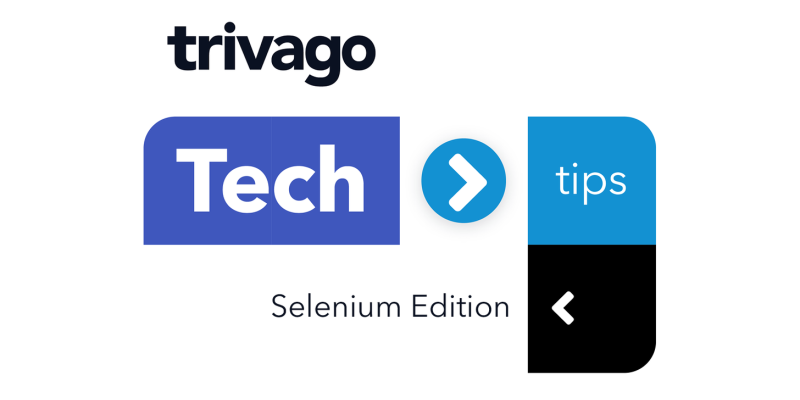Benjamin Bischoff on test automation and software craftsmanship
I am a test automation engineer at trivago N.V. (ex Senior Automation Engineer at Ubisoft Düsseldorf) writing and talking about software development and testing.
There are now hundreds of conferences around the world that are always on the lookout for new presentations. In this article, I summarise what I have learned as a regular speaker.
This is a pair-blog article with Lena Pejgan Wiberg. Her idea is that two people write a post about an agreed topic at the same time and promote each other's article. In this article, it is about "rubberducking".
Lena's blog post can be found here on her blog.
Sometimes, (test) automation professionals are approached with a completely new task for automation. In this article, I try to give you a guideline and some questions to ask when this happens.
This article explains the steps to set up RetroPie, a software that bundles a lot of retro console emulators under one user interface. This allows you to make the ultimate retro gaming console for your TV.
I wrote five tips for Selenium that will be shared this week by trivago tech via Twitter and Substack.
Check them out on the trivago substack page!
Our current test automation setup for end to end testing is using Maven for preparing the test data, running our test scenarios and creating a test report. Recently, I wanted to refactor the way we use Maven's lifecycles and found a surprisingly easy way to do just that.






